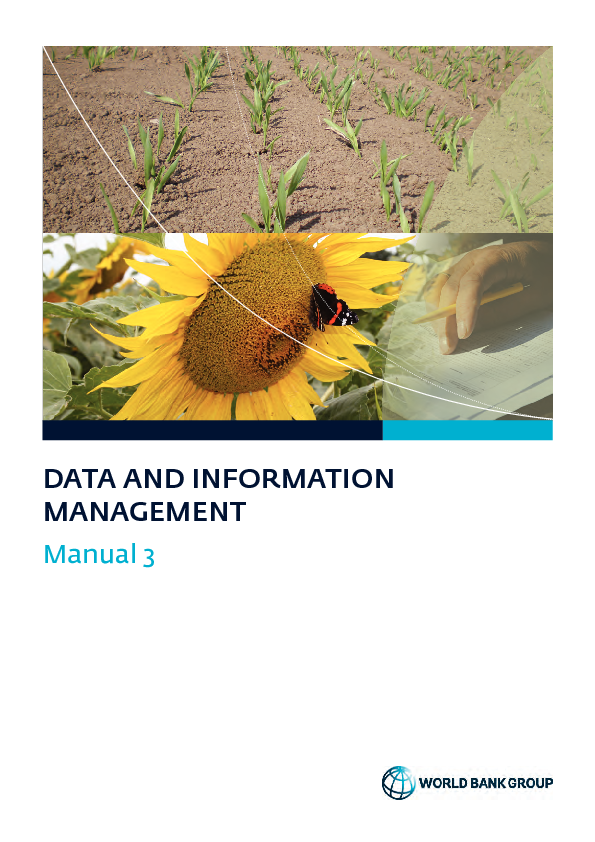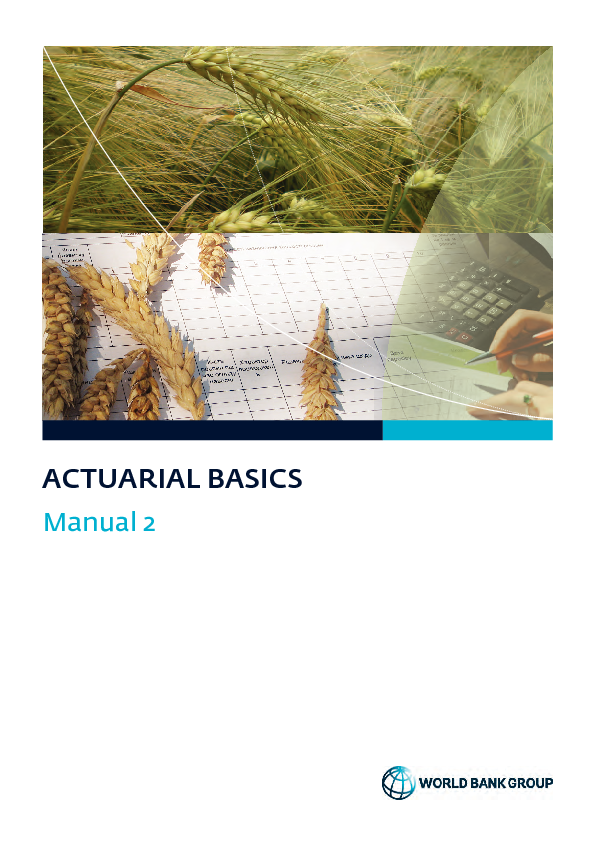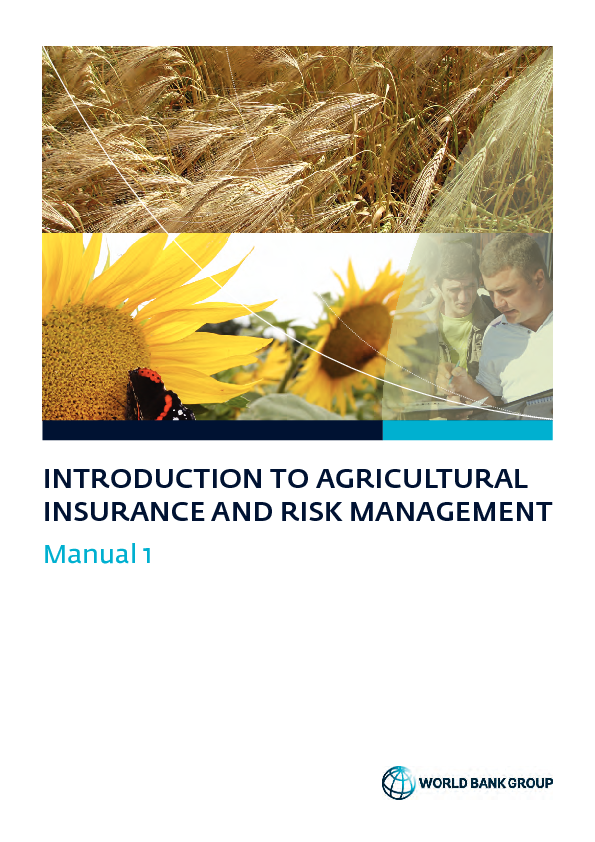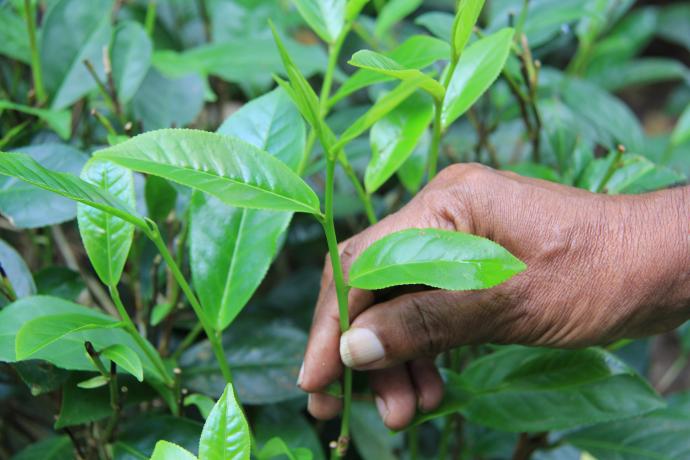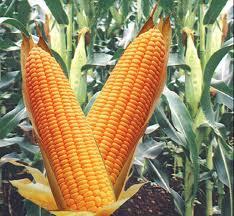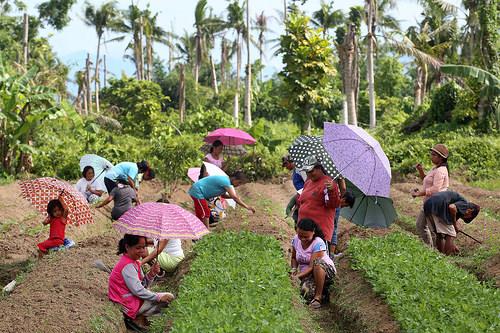
Agricultural production is inherently subject to a variety of risks because management decisions or states-of-nature often generate future outcomes (either favorable or unfavorable) that cannot be predicted with certainty. The variability of these outcomes represents risk. Risk is frequently measured in terms of the probability of various outcomes. Agricultural producers face a variety of risks including production (yield), output price, and input price risk. Some of these risks are managed through production and fi nancial decision-making, while others are simply accepted as costs of doing...

